New vaccine approach targets ETEC-related diarrhea
Researchers at Kansas State University have developed a structure-based multiepitope fusion antigen (MEFA) technology for vaccines against Enterotoxigenic Escherichia coli (ETEC) bacteria. The MEFA technology uses a backbone protein to present multiple heterogeneous epitopes from the adhesin tips of different ETEC bacteria. This antigen, referred to as the “tip MEFA,” works by inducing antibodies that prevent various bacteria from adhering to host cells. As a result, this tip MEFA peptide can be used for developing broad-spectrum vaccines against ETEC-associated children’s diarrhea and travelers’ diarrhea.
ETEC is a leading bacterial cause of children’s diarrhea and travelers’ diarrhea. Diarrhea continues to be a leading cause of death in children younger than five years who live in developing countries. ETEC diarrheal infection begins with bacterial attachment to host receptors at epithelial cells and colonization in the host’s small intestine. Therefore, preventing ETEC attachment has been considered the first line of defense against ETC diarrhea. However, ETEC strains produce over 23 immunologically heterogeneous adhesins, making it difficult to produce broad-spectrum vaccines.
To combat this challenge, KSU’s researchers have developed this tip MEFA peptide, which induces antibodies against the nine most important adhesins of ETEC bacteria and shows in vitro protection against bacterial adherence. Hence, this adhesin tip MEFA can provide broader protection against ETEC diarrhea when used in developing vaccines.
